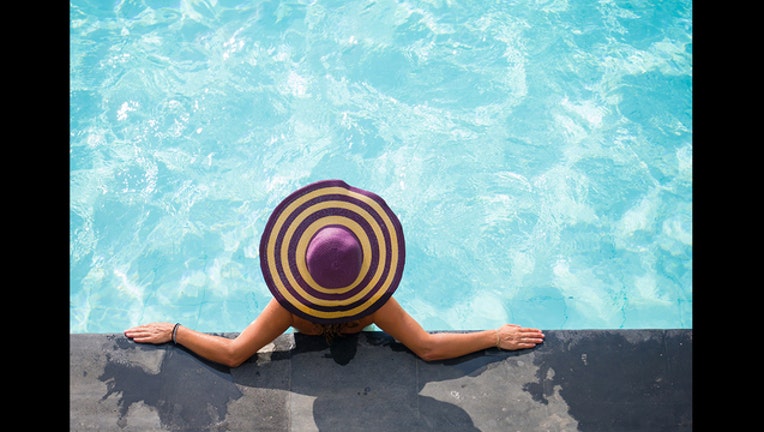Sponsored Advertising: UNDERSTANDING THE UV INDEX

UV index
When it comes to sun exposure, an ounce of prevention is worth a pound of cure.
People are living longer; which is great, but it also means our skin needs to last longer. Unfortunately, skin cancer rates are at an all time high, including the most deadly form of skin cancer, malignant melanoma. Melanoma, though less common, is considered far more dangerous because it can easily spread to other parts of the body. Daily exposure to both UVA and UVB rays accelerates skin aging and increases your risk of skin cancer.
UVB rays, also called “burning” rays, are shorter rays. Their intensity varies depending on the season, the time of the day, altitude as well as the distance from the equator. UVA, or “aging” rays, penetrate about twice as deep into the skin and are more constant year-round. Simply walking from your house to your mailbox and driving in your car exposes you to almost 70 percent of UVA radiation.
Also, 60-80 percent of UVA rays penetrate clouds and 50 percent pass through window glass.
The UV Index
The UV (“Ultraviolet Ray”) Index is based on monitoring the sun's position, cloud movements, altitude, ozone data and other factors. It is issued daily to advise you on the amount of sun-damaging UV radiation that is in your region.
How do you read it?
The UV Index uses a numerical scale to rate the strength of the sun's UV exposure level. The higher the UV Index level, the greater the strength of the sun's UV rays-and the faster you can burn!
Index UV exposure
Scale Level
0-2 Low
3-5 Moderate
6-7 High
8-10 Very High
11+ Extreme
Here are some recommendations from Associates in Dermatology to help protect you and your family:
• Do monthly self-exams. See a dermatologist at least once a year or immediately if you notice any skin changes.
• Avoid tanning beds! The levels of UV radiation emitted from tanning beds (both UVA and UVB) can be as much as 15 times stronger than the sun.
• When planning your outdoor activities and even going to work, make a habit of checking the UV Index. Limit your sun exposure during higher levels.
• Protect your skin in the sun with a UVA & UVB (broad spectrum) sunscreen of at least SPF 30, making sure you put it on at least 30 minutes prior to exposure. Reapply every two hours or immediately after swimming or excessive perspiration.
• Wear a hat when you are outdoors for any length of time.
Remember, UV radiation is present every day, even when it is cloudy, so use a sunscreen as a part of your daily ritual to prevent skin cancer and premature skin aging.
Follow Fox 35's daily UV index on the weather forecast sponsored by Associates in Dermatology, Central Florida skin cancer and skincare specialist for over 25 years!
To schedule a consultation, contact Associates in Dermatology at 800.827.SKIN or visit our website at www.DermOrlando.com
DISCLAIMER: The information provided is intended solely for educational purposes. It is not to be used for medical diagnostic purposes and is not intended to serve as a recommendation for treatment and/or management of any medical condition.

